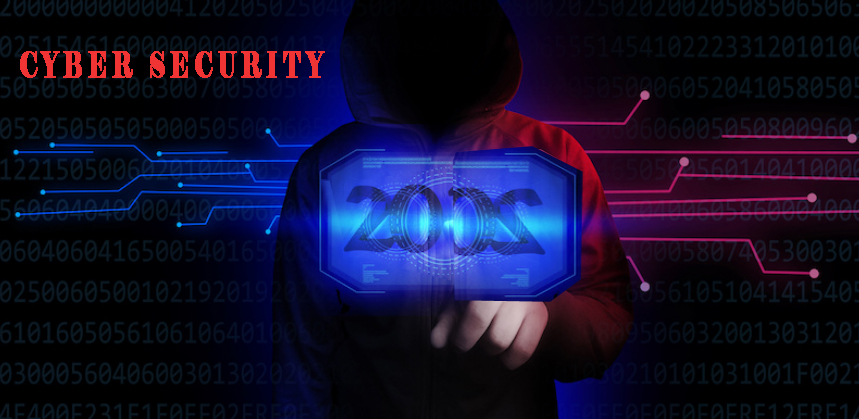Cybersecurity threats are growing sophisticated by the day, and conventional defense techniques are becoming less and less effective. Today’s cyber crooks are harnessing the powers of whatever new technology is out and using it to find vulnerabilities in company firewall systems and make their way into sensitive individual and business data. For cybersecurity enforcers, it has always been about accepting that hackers are smart and finding ways to stay ahead of them. That has worked for most companies, but even the most cyber-savvy execs are finding it hard to close their minds to the recent rise in cyber-attacks.
Table of Contents
Use Of Artificial Intelligence (AI) In Cyber-Attacks
There has been an urgent need for companies to find a patch that will keep intruders out for good, and Artificial intelligence (AI), on paper, has shown to be an overqualified candidate. The technology can use past behavior to anticipate threats and create or recommend solutions, which makes it virtually impossible to outsmart. But, there is a catch: if attackers lay their hands on this technology, then everything cancels out, and companies have a whole new security problem to worry about. AI-aided attacks will not only be more powerful but also more difficult to detect as attackers will be able to create fake personas that resemble real humans in behavior and interaction. This makes artificial intelligence more of a prerequisite than a choice for organizations.
Use Of AI In Cyber Defense
Even if companies didn’t want to switch from traditional cybersecurity solutions to AI, the prospect of attackers adopting it first will prompt them to follow suit, if at all they want to remain in the game. AI is already crucial in cybersecurity. Security vendors have used machine learning since as early as the 1990s when the Bayesian logic was used to identify and filter out spam emails. The technology is a lot more sophisticated now and can be paired with data visualization and other technologies to enable the creation of smart security interfaces. AI can be used to process huge amounts of data in real-time, keeping cybersecurity personnel up-to-date with vulnerabilities and threats at all times. It will help speed up incident responses and stop malware and spyware in their tracks.
AI can also be used to identify malicious activity in the system and learn the behavior of specific individuals so that any small pattern changes can be detected. Devices within the network will be easier to monitor, and certain parameters can be put in place to help the system tell between actual threats and false alarms. Machine learning is a crucial part of artificial intelligence, and the technology will only be more accurate and useful the more it is being used in a company’s cybersecurity strategy.
AI can also help organizations identify potential flaws without having to inspect each security element separately manually. This will curb threats that arise from employee mistakes in sending and storing data as well as inside attacks. The system can also be fed with information on new malware threats so it can understand and anticipate unprecedented attacks.
On a more advanced level, the AI system will not only be able to detect potential weaknesses and raise the alarm, but also fix the issues without involving human personnel. This facility may be far from being actualized, but if and when it goes mainstream, cybersecurity will become almost entirely machine-run and self-sufficient.
Dealing With The Limitations Of Using AI In Cybersecurity
As stated above, things would cancel out if hackers also decided to use artificial intelligence and machine learning to prepare and launch their attacks. It is one of the biggest downsides to AI-based cybersecurity, but it’s probably not what organizations will be worried most about. Multi-faceted AI systems are expensive to set up and manage. There are many requisite demands that come with it, and that includes costly storage devices such as NAS systems and greater computing power. Organizations may also have to reorganize their immense lakes of information into data sets that the AI system can scan and learn. All these can destabilize a company if paid for in one go.
The best way to utilize AI in cybersecurity without running into any of these limitations would be to align machine and human capabilities. This may involve hiring a cybersecurity firm that is up-to-date with both emerging threats and AI technology. As a company, you can opt to adopt only a few capabilities of AI and let humans handle other cybersecurity aspects.
Conclusion
With many companies relying heavily on digital data to deliver services, cyber threats can bring a standstill to business operations and cripple an organization. AI can help minimize the risk of attacks and complement what has already been done by your cybersecurity team. Just be sure you understand your strategy properly before adopting artificial intelligence or get a seasoned professional to do it for you.


